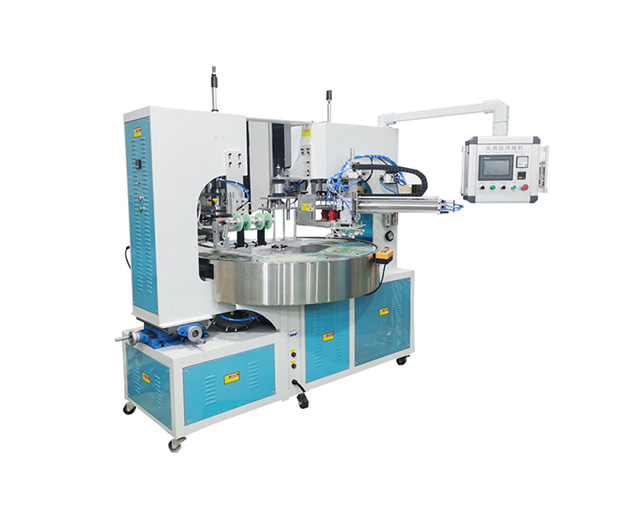Time:2025-03-08 Views:1 source:News

Precision control is of utmost importance in metal embossing machines as it directly determines the quality and accuracy of the embossed products. In industries such as jewelry making, electronics, and automotive manufacturing, where high - precision embossing is required, achieving accurate control is essential.
Components for Precision Control
The embossing dies are a key component for precision control. High - quality dies, made from wear - resistant and high - precision materials, are designed to transfer the embossing pattern accurately onto the metal surface. The manufacturing process of these dies involves advanced machining techniques, such as electrical discharge machining (EDM) and precision grinding. EDM can create intricate and detailed die cavities with extremely high precision, ensuring that the embossed pattern on the metal matches the design requirements precisely.
The motion control system of the metal embossing machine also plays a crucial role. Advanced servo - motor - based motion control systems can precisely control the movement of the embossing head. These systems can accurately position the embossing head within a very small tolerance, typically in the range of micrometers. For example, in the production of electronic circuit boards, where fine - line embossing is necessary, the servo - motor - driven motion control system can ensure that the embossing head moves with sub - millimeter accuracy, resulting in high - quality embossed circuit patterns.
Measurement and Feedback Systems
To achieve precise control, metal embossing machines are often equipped with measurement and feedback systems. Sensors, such as displacement sensors and pressure sensors, are used to monitor the embossing process in real - time. Displacement sensors can measure the position of the embossing head, while pressure sensors can detect the force applied during embossing. The data collected by these sensors is fed back to the machine's control unit. The control unit then compares this real - time data with the pre - set embossing parameters. If there are any deviations, the control unit can adjust the operation of the machine, such as the speed of the embossing head or the embossing force, to ensure that the embossing process remains within the desired precision range.
Calibration and Maintenance for Precision
Regular calibration of the metal embossing machine is essential for maintaining precision. Calibration involves adjusting the machine's settings to ensure that the embossing process meets the specified accuracy standards. This may include calibrating the position of the embossing head, the force applied during embossing, and the alignment of the embossing dies. Maintenance also plays a significant role. Keeping the machine clean, lubricating the moving parts, and replacing worn - out components in a timely manner can prevent any mechanical inaccuracies that could affect the precision of the embossing process.
Read recommendations:
high frequency plastic welding machine
Ultrasonic Plastic Welding Machine
Complete control over products allows us to ensure our customers receive the best qualityprices and service. We take great pride in everything that we do in our factory.
